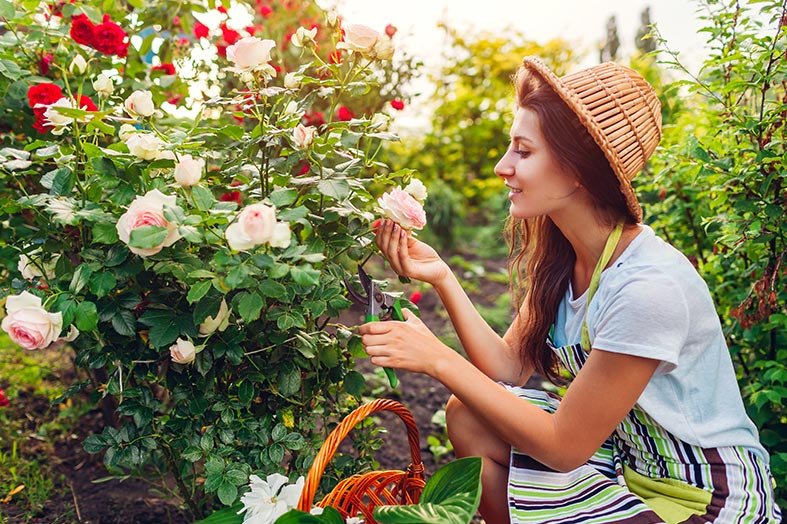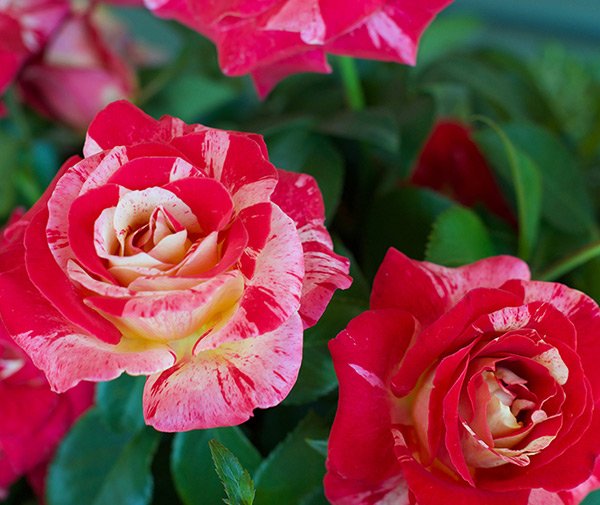Learn About Your Hardiness Zone
What Are Hardiness Zones?
Hardiness zones were defined by the United States Department of Agriculture (USDA) in 1960. Each zone was originally separated by 10 degrees Fahrenheit. The map was updated in 1990 to further distinguish hardiness zones by separating each zone into subzones A and B, which were separated by 5 degrees Fahrenheit, rather than 10.
Find your hardiness zone. Enter your zip code:

Why are Hardiness Zones Important?
Hardiness zones are important when planting roses because they help to determine which types of roses will be able to survive in a particular area. Hardiness zones are geographic regions defined by a range of minimum temperatures, and they indicate which plants are most likely to thrive in those temperatures. Different types of roses have different temperature tolerances, so it’s important to choose a variety that is well-suited to the hardiness zone where you plan to plant it. This will help to ensure that your roses are able to survive and flourish in your climate.
What roses can I grow in my zone?
Zones 1, 2, & 3
Zones 1, 2, and 3 are located in the coldest parts of the US, including Alaska and the northernmost regions of the nation. Unfortunately, most rose breeds cannot survive in this extremely cold climate.
Zone 4
Zone 4 is a cold and harsh weather environment for some rose species. However, a variety of hardy roses can still bloom beautifully in this region of the country.
If you live in zone 4, rose hardiness is extremely important. You’ll want to plant the hardiest roses available in your garden. Many of our shrub and bush roses can withstand extremely low temperatures like this.
Roses planted in zone 4 can withstand temperatures as low as 20° Fahrenheit.
Zones 5, 6, 7 & 8
These regions are the ideal rose zone—perfect for most all roses. Cold temperatures are not typically a serious concern for roses planted in zones 5, 6, 7, or 8. These zones can typically grow a wide range of plants with minimal maintenance or upkeep.
Virtually every product in our catalog can thrive in zones 5 – 8. Be sure to follow our planting instructions and rose care guide for best results.
Zones 9 & 11
Zones 9, 10, and 11 are the hottest rose hardiness zones in the United States. Roses can be reasonably delicate in these zones. Some plants exhaust their tolerance for heat in zone 9 and cannot survive in zones 10 and 11. However, if you plant both hardy and disease resistant roses, you will enjoy a beautiful garden for at least a few months each year.
It’s essential to ensure your roses stay well watered and are exposed to sunlight for about 6-8 hours a day.
Each rose in our catalog lists the hardiness zones where it will thrive.
Watering your roses based on rose hardiness zone.
The best way to water roses based on their hardiness zones is to first determine the specific needs of the variety of rose you are growing. Some roses require more water than others, and some can tolerate dryer conditions. Typically, roses need to be soaked with at least 10 gallons of water per week.
Once you have a general understanding of the water needs of your rose variety, you can then adjust your watering schedule to match the specific characteristics of your hardiness zone.
In general, roses in zones 3-7 need to be watered regularly, at least once a week, especially during dry spells and hot weather. In zones 8-10, roses need less frequent watering as the climate is more humid and rainfall is higher. In these zones, it’s essential to make sure that the soil is well-draining, to prevent water from sitting around the roots.
If you live in a very dry climate like zone 9, you may consider watering your roses at least twice per week in the hot summer heat.
It’s also important to note that during the hot months, roses need more water, and it’s better to water them in the morning or in the evening, to prevent evaporation and to give the plant time to absorb the water before the sun gets too hot.
Overall, it’s important to monitor your roses regularly and adjust your watering schedule as needed to keep the soil consistently moist, but not waterlogged. Also, it’s important to know that over-watering can be as harmful as under-watering.


